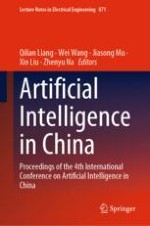This book brings together papers presented at the 4th International Conference on Artificial Intelligence in China (ChinaAI), Changbaishan, China, on July 23-24, 2022, which provides a venue to disseminate the latest developments and to discuss the interactions and links between these multidisciplinary fields. Spanning topics covering all topics in Artificial Intelligence with new development in China, this book is aimed at undergraduate and graduate students in Electrical Engineering, Computer Science and Mathematics, researchers and engineers from academia and industry as well as government employees (such as NSF, DOD, DOE, etc).
